2012 250 DYNO SHOOTOUT! HOW MUCH HORSEPOWER DO THE 2012 250s REALLY MAKE: WE REVEAL THE INNER SECRETS OF THE 2012 POWERBANDS
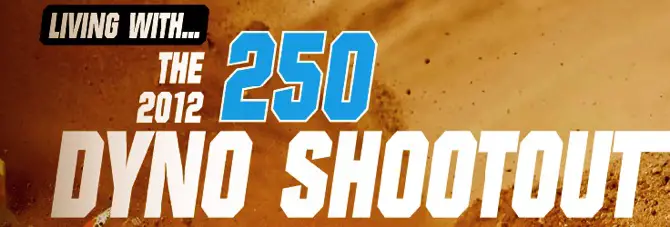
The MXA wrecking crew spends the majority of its test time racing and riding brand-new production motorcycles, but early on in each test session every bike gets its day on the dyno. It really isn’t all that revealing because by the time its strapped down it has already been ridden to break in the engine, seat the muffler packing and get a feel for where it rates. Test riders form their opinions in the saddle and rely on the dyno numbers to reinforce what they already know.
When the dyno numbers are spit out, they normally confirm the test riders opinions?and in the cases where they don’t, MXA begins an exhaustive search to find out why the bike is great on the dyno, but pitiful on the track (or vice versa). We have a lot of experience with dynos, and fully understand that they are just machines that test the data you put into them. They aren’t lugging up hills, traversing soft and hard terrain or spending any time with the throttle being metered to keep each bike hooked up.
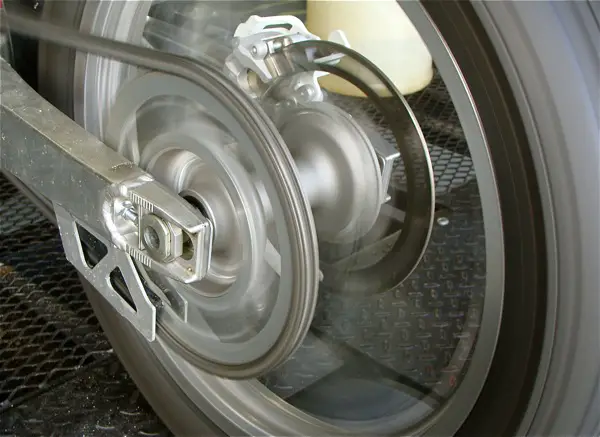
We look at dyno numbers with a jaundiced eye, but the world is enamored with the numbers. Here are the results of MXA‘s 2012 250 dyno runs. Rather than run the complete curves, we have included the horsepower at several points along the powerband?and the peak number. Plus, we included rankings by rpm and a quick synopsis of what the power feels like.

Boxes in orange are the leaders of that category.

Bikes are listed in descending order from the most horsepower to the least for every 1000 rpm segment (plus we included the peak horsepower ranking?which doesn’t always fall on an even 1000 number…as you can see by looking at the peak column in the chart above)
The 2012 YZ250 two-stroke was missing from these dyno runs (since we prefer to do all the dyno runs for this test on the same day, at the same temperature and on the exact same dyno, we could not include a separate set of YZ250 number not taken under those conditions)?but you can extrapolate where the YZ250 would finish by understanding that it runs almost as well as the 2012 KTM 250SX two-stroke across its curve. Thus, it would be second overall to the 250SX at 7000, 8000, 9000 and 10,000 rpm. And, second in peak horsepower below the KTM 250SX, but above every other bike.
2012 THUMBNAIL 250 POWERBAND ANALYSIS BY MODEL

What do all the number mean? Find out here.
KTM 250SX

If you look closely you will see three different KTMs represented on the dyno charts: the 250SX two-stroke, 250SXF four-stroke and 150SX two-stroke. We included the two-strokes because both are legal in the same class as 250F four-strokes (under amateur rules). The numbers are spectacular at some points on the curve and dismal on others. Make no mistake about it, a 250SX racer would holeshot every 250 race he enters. The power is abrupt and violent, with a vigorous kick from 7000 rpm to 10,000 rpm. If you aren’t into being like Mike, or Ryan or Chad, the KTM 250SX provides a massive advantage…if you have the talent to take advantage of it.

KAWASAKI KX250F

If you don’t want a two-stroke, but still want to race in the 250 class?the 2012 Kawasaki KX250F is a slam dunk choice. At every rpm along the powerband (from 7000 rpm to sign-off) the 2012 KX250F was always in the top three (and if you kicked the two two-strokes out of the comparison the KX250F won five of the seven categories). Even with the two two-strokes back in the mix the KX250F could not be touch in the top-end by anything short of the F-22 Raptor. At sign-off the KX250 made five more horsepower than any other bike in the comparison. And, even better, as the rpm climbed into the upper reaches it didn’t fall off, but kept of pulling. Sweet.

HONDA CRF250
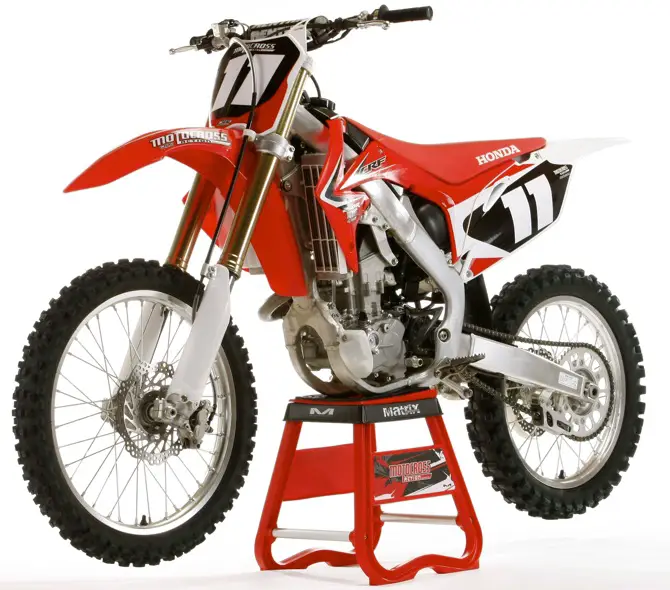
This is a classic dyno bike. Honda’s engine likes the steady wide open throttle pulls of a dyno?on the track it isn’t as effective as it is on paper charts, but it is a good engine. The CRF250’s power isn’t special or spectacular at any point on the curve, but is decent all the way. If you discount the two two-strokes it makes the second most peak horsepower of any 250 four-stroke in the test (no shame in that because no 2012 250F can run with the class leading KX250F). The only crack in the CRF250’s armor is that its dyno numbers don’t tell that it runs like it has a rag in the airbox in stock trim. Honda’s super restrictive muffler is a giant damper on throttle response.
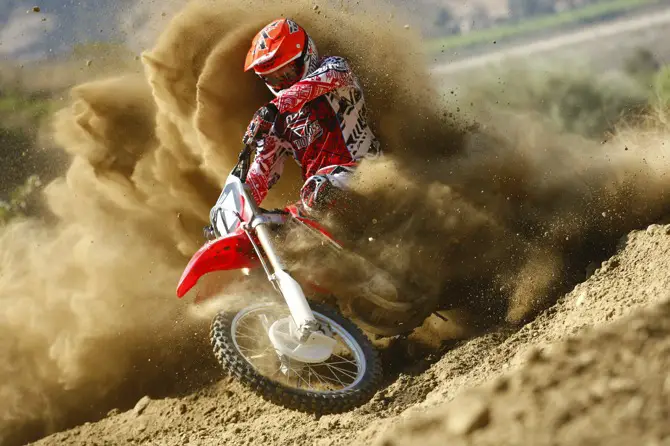
KTM 150SX
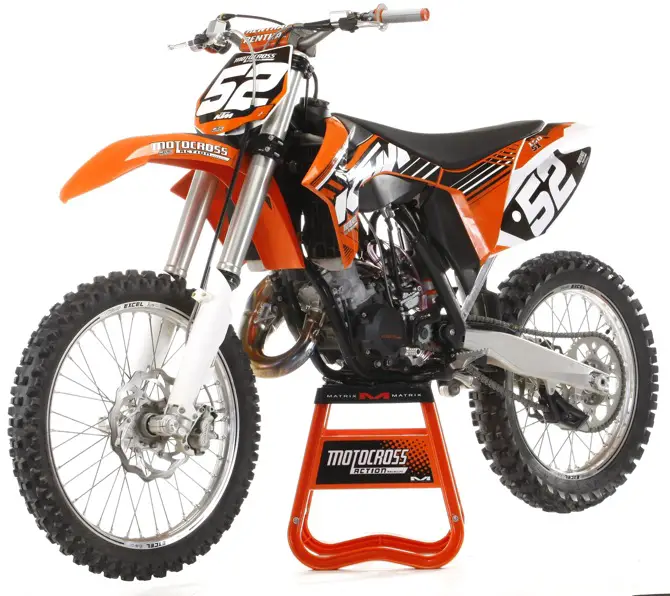
How fast is your clutch hand and left foot. If you can draw as fast as Wyatt Earp and tap dance like Fred Astaire, you could probably keep the 2012 KTM 150SX on it pipe. In a straight across comparison with the other six bikes in this test, the KTM 150SX makes the least horsepower at 7000, 8000 rpm and 9000 rpm. At 10,000 rpm it starts to claw its way out of the cellar as it skyrockets to the number one spot of any bike at 11,000 rpm. But, that’s all she wrote?if you don’t shift by 11,300 rpm you are going to be going no where. No surprises here?this is the life of a small-bore two-stroke. It can’t run with the 250 four-stroke down low or up high. In fact, the 150SX powerband is about 2000 rpm wide.

SUZUKI RM-Z250

On the dyno the 2012 Suzuki RM-Z250 never stands out. It hangs around the bottom at low rpm and the middle of the pack after 11,000 rpm. So, it is surprising that the RM-Z250 engine is not as mediocre as its numbers make it look. Midrange power is plentiful, and the engine holds strong into the top end. The Suzuki RM-Z250 doesn’t have the most explosive or fastest engine on the track, but it’s an effective racing weapon in the hands of nearly every level of rider.
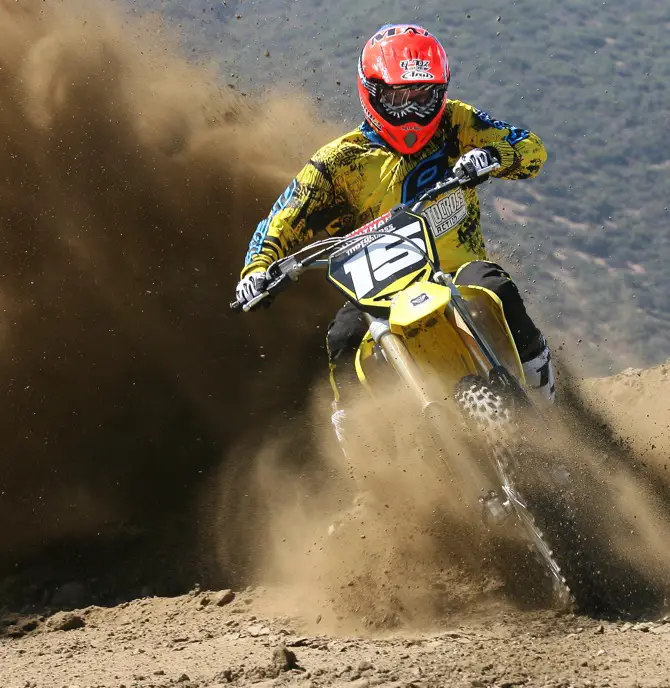
YAMAHA YZ250F
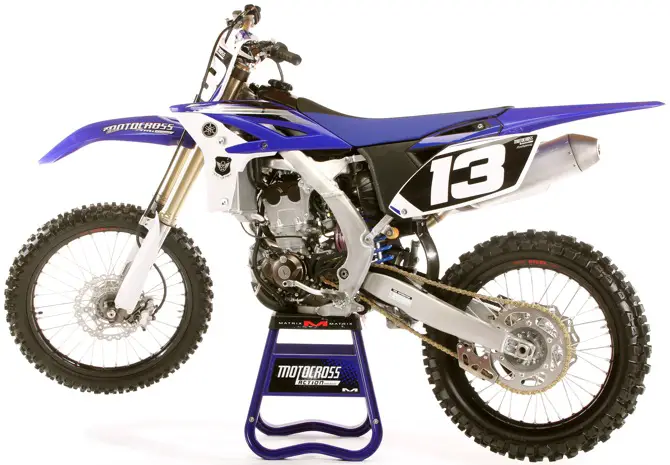
Yamaha’s engineers understood that their previous efforts were too focused on the bottom-end part of the powerband. To try to get more mid-and-up power Yamaha installed a 39mm carb, 8.7 percent lighter piston, one-tooth larger rear sprocket and an centered piston pin. Did it work? Yes, but it didn’t work well enough to move the YZ250F to the front of the pack. For 2012 the powerband has an added dose of mid-and-up power. It’s not a screamer like the Kawasaki KX250F or Suzuki RM-Z250, but it can certainly hold its own against the competition from the bottom end (6000 rpm) through the midrange (9000 rpm).
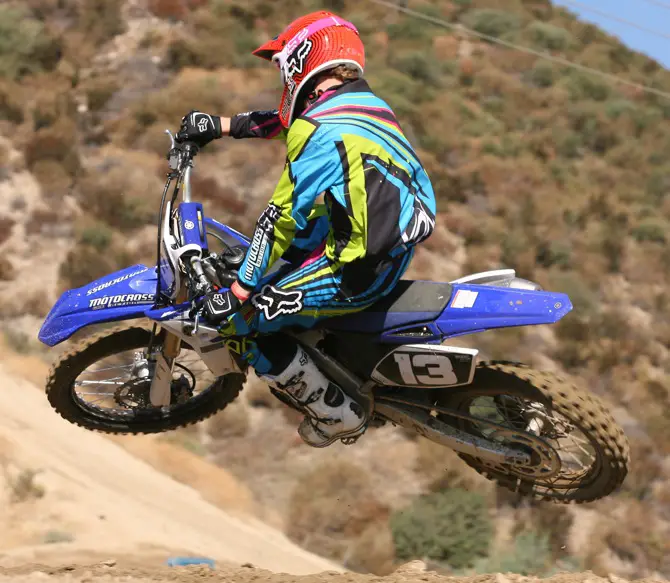
KTM 250SXF

We don’t know what KTM was thinking in 2012. They took a well regarded engine and turn it into a sow. Everywhere, except off idle, the 2012 KTM 250SXF is a bottom dweller compared to the four other four-strokes. The only bike it ever beats on the dyno chart are the two-strokes, but only when they sign-off or are at low revs. If we were betting men we’d guess that the new air intake boot, mapping and cams killed the powerband. KTM has a totally new 250SXF ready to go in 2013?and are racing it in the GP’s now.
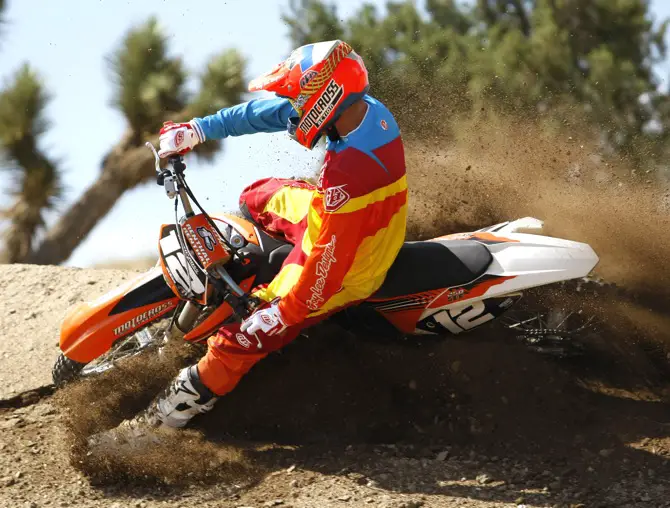




Comments are closed.